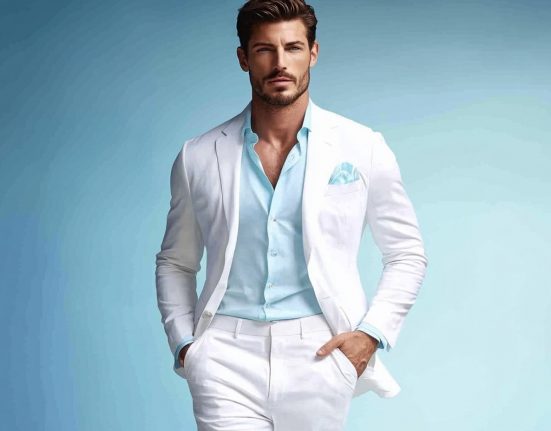What are you wearing these days? How have your clothing choices evolved since you put down your sweat pants and donned real pants again as life reopens post-pandemic?
There’s a one in six chance it was made by a woman, according to the UN. There’s also a one in eight chance a woman bought it for you since women make or influence 85% of consumer purchasing decisions. For example, “millennial women spend 226% more on clothing per year than their male counterparts,” according to Smart Asset. How each of us spends our clothing budgets has power.
Yet, few women are in the $2.4 trillion fashion industry executive suites. For example, only 14% of the 50 major fashion brands are led by women, even though about 80% of graduates of the famed Parsons School of Design, one of the premier schools for the fashion industry, are women.
The fashion industry needs more women at the top, and it needs more women at the top who are committed to reducing the industry’s massive impact on the environment. Like every industry, frankly.
And, this industry is going through radical change, which means there are lots of opportunities.
Scary stats = opportunity
Here are just a few statistics about the impact of the fashion industry on the environment: It contributes 8.1% of the world’s greenhouse gas emissions and between 20% and 35% of microplastics in the marine environment. It also uses massive amounts of water: it takes 10,000 to 20,000 liters to make a shirt and a pair of jeans, according to Ecothes.
McKinsey’s State of Fashion 2022 report says this push for the industry to become more eco-friendly, and to treat their talent pool better, presents huge growth opportunities – and that sounds like jobs and promotional opportunities. It’s time the fashion industry was majority run by its primary consumer: women, and women who are socially responsible.
Doing something about it
Kerry Bannigan is putting her money, her time, her network and her clothes where her values are to try to shift these terrible trends, as founder and CEO of the Fashion Impact Fund and as cofounder and CEO of the Conscious Fashion Campaign. The United Nations Office of Partnerships is one of her partners in the Campaign among several others.
There are several other organizations trying to clean up the fashion industry’s act too, including the Sustainable Fashion Coalition and scrappy nonprofits like Fabscrap.
7 Career tips for women who want work that makes a difference
If you want work that aligns with your values, and that advances your career at the same time, whether it’s in the fashion industry or any industry, here are seven career tips that Bannigan gave recently on my Electric Ladies Podcast:
1. Ask yourself “am I happy?”: This is a question Bannigan asks herself “often,” she said, adding, “What would make me happy?” And really listen. “Drown out the noise.”
2. Go for “it” – no matter how crazy: “It doesn’t matter how crazy it sounds. It’s just do it. You know, we live in this society of labels and levels and to me it’s all fake. None of it actually really is necessary. If you want to step out into something, (go for it). It is about breaking barriers.”
3. Keep your paycheck while you figure it out: Bannigan says, “There’s a lot of people that we’re not always in a place where we can leave the current job that we’re in to take the time to discover what we would want to do on a purposeful mission.” So, don’t leave your current job until you have another income lined up.
4. “Research what’s out there”: If you’re not sure what your next move is, if you can sit in on events, how can you help?” For example, ask if you can do a project with them to learn more about it.
5. Ask, Ask, Ask: Ask for the job or special assignment you want, or create a special project to show your mettle and position yourself for that next rung.
6. Be willing to try something new: “There’s always something to learn from every chapter,” Bannigan said.
7. Do good where you are: “People do not need to leave the work that they’re in to be able to drive good. They can do it internal. They can fight for something they believe in, in their current company,” she explained.
“People can do good by whether it is giving their time, their resources, sharing their network and even donating, “ Bannigan added.
“We are in a space now and time in society where we all have a role to play in driving change.”







